Author: Mrs A
Location: Watarrka National Park (Kings Canyon)
Wednesday: It has been a good 8 or 9 years since we last visited this part of Australia, back then flying in to Alice Springs, hiring a Troopie (Landrover made up to include beds and a kitchen) and whizzing down to this area for a long weekend. It’s good to come back and visit at a more leisurely pace and with all our own gear.
We left Uluru by 9.30am and headed off towards Watarrka National Park, a good 300km away. A red dune side lunch spot gave us a break en route, and we arrived at the Kings Canyon Resort shortly before 3pm.
We have a fabulous site with incredible views across the national park, looking out over the 100 metre high red walls of the canyon. We got set up and jumped in the car to do a late afternoon walk in the national park to stretch the legs.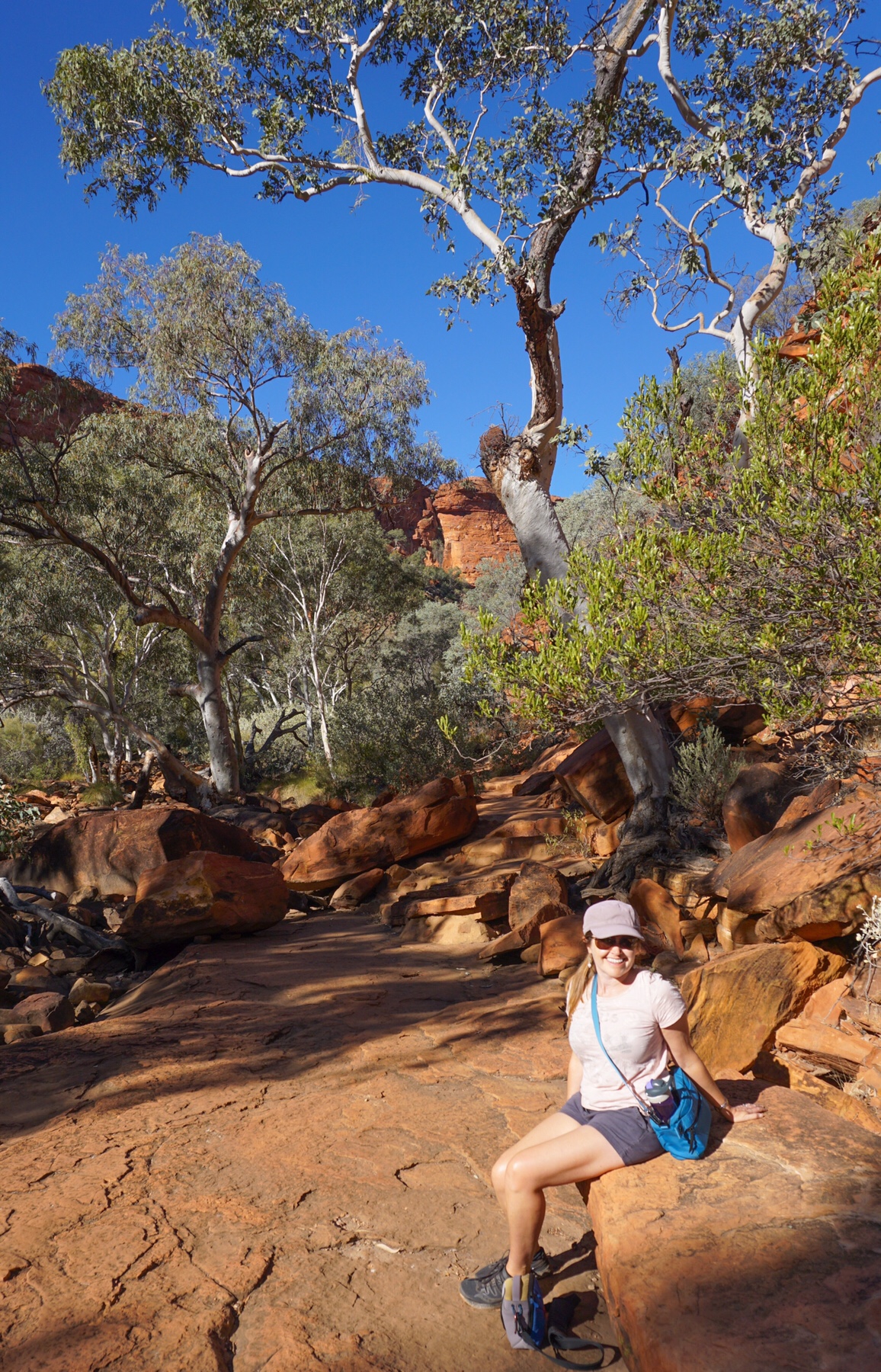
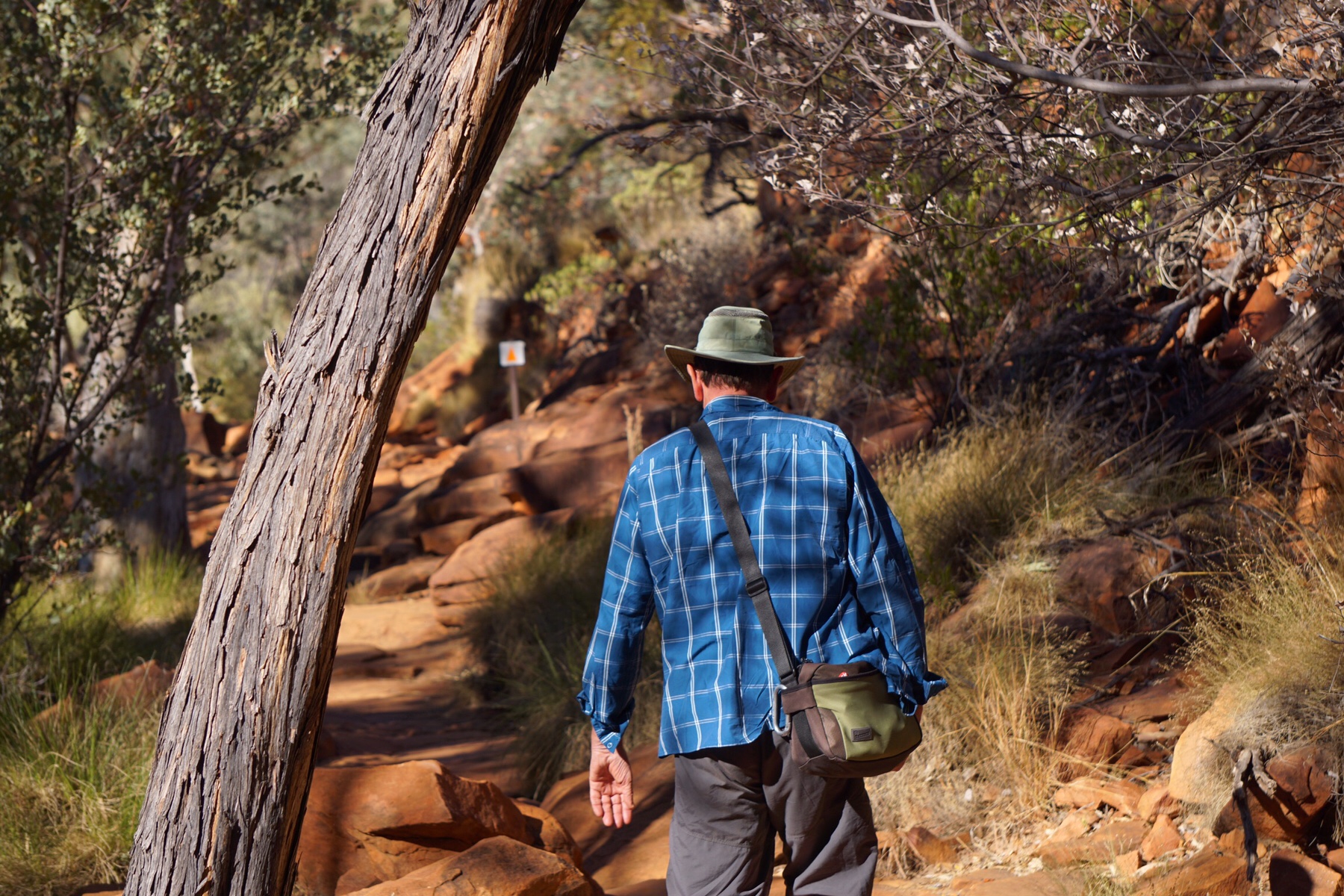
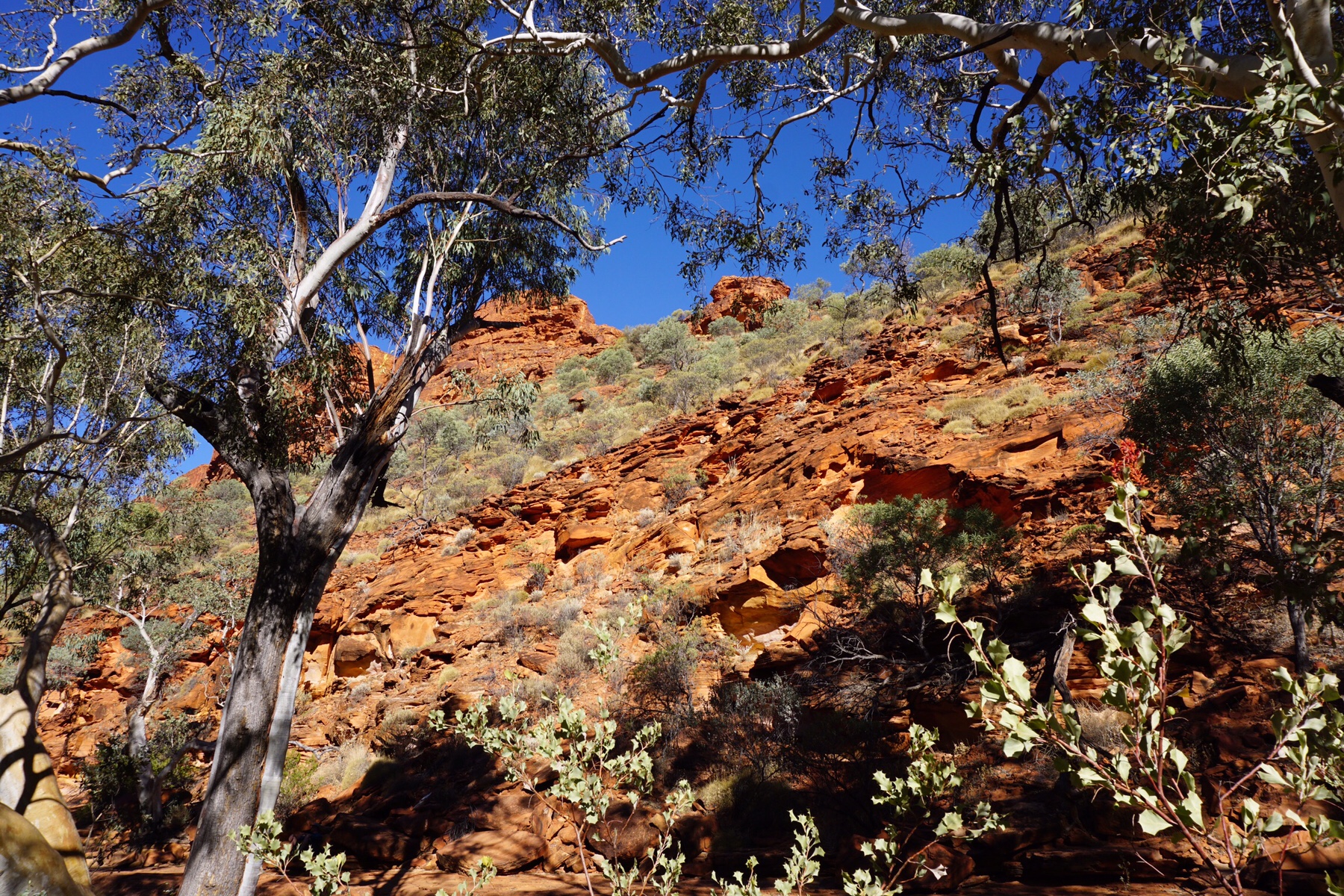 We opted for a short and peaceful walk along the dry King’s Creek, an informative track with several birds accompanying us, particularly this ever-so-cute Dusky Grasswren a perky little desert dweller that didn’t seem to mind hopping around the rocks near us.
We opted for a short and peaceful walk along the dry King’s Creek, an informative track with several birds accompanying us, particularly this ever-so-cute Dusky Grasswren a perky little desert dweller that didn’t seem to mind hopping around the rocks near us.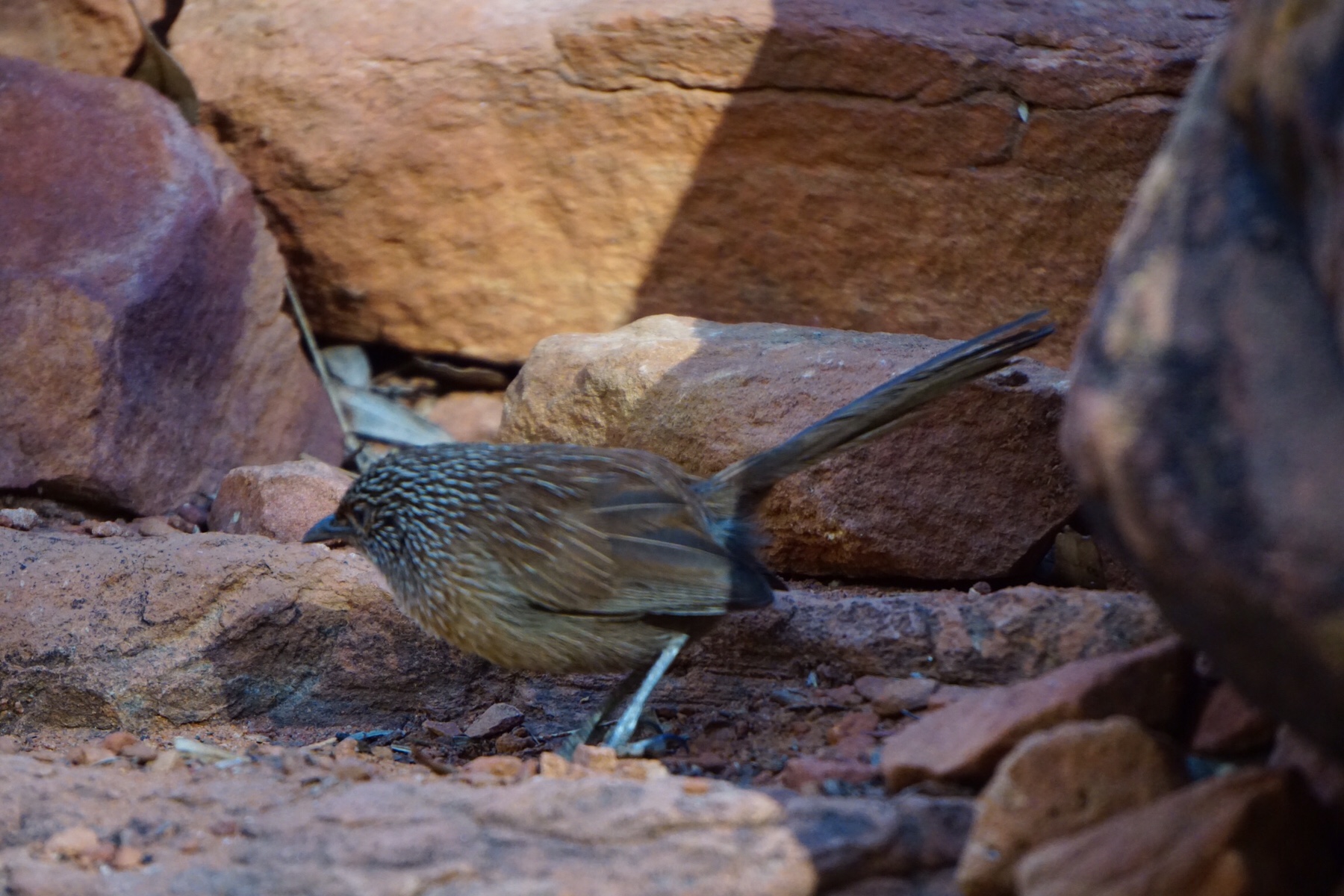 The national park is home to more than 600 species of plant, 10% of which are extremely rare and date back to the dinosaurs. This area has the highest diversity of fauna in any of Australia’s arid zones.
The national park is home to more than 600 species of plant, 10% of which are extremely rare and date back to the dinosaurs. This area has the highest diversity of fauna in any of Australia’s arid zones.
We returned to camp for showers and to enjoy the sunset. The resort has a pub and restaurant so we decided to give it a try for dinner. Unlike so many places we have come across on this trip, this actually had a decent choice of beverages – including Fat Yak and our local Manly, Sydney tipple, Four Pines beer.
The resort has a pub and restaurant so we decided to give it a try for dinner. Unlike so many places we have come across on this trip, this actually had a decent choice of beverages – including Fat Yak and our local Manly, Sydney tipple, Four Pines beer.
We both had some extremely delicious and perfectly cooked kangaroo steaks, jacket potato and salad. Highly recommended.
Thursday: A morning of getting our sheet and towel washing done was accompanied by a bacon and egg sandwich for breakfast – a fine start to the day. By 10.30am all jobs done and a warm breeze promising to expedite our drying we headed back to the National Park. Today we had chosen to do the Kings Canyon Rim walk, a total of about 8km walking when all the side trips are included.
The hike starts with a 100 metre climb up around 500 steps. I was pleased my legs had somewhat of a warmup this morning running around the campground washing machines and lines!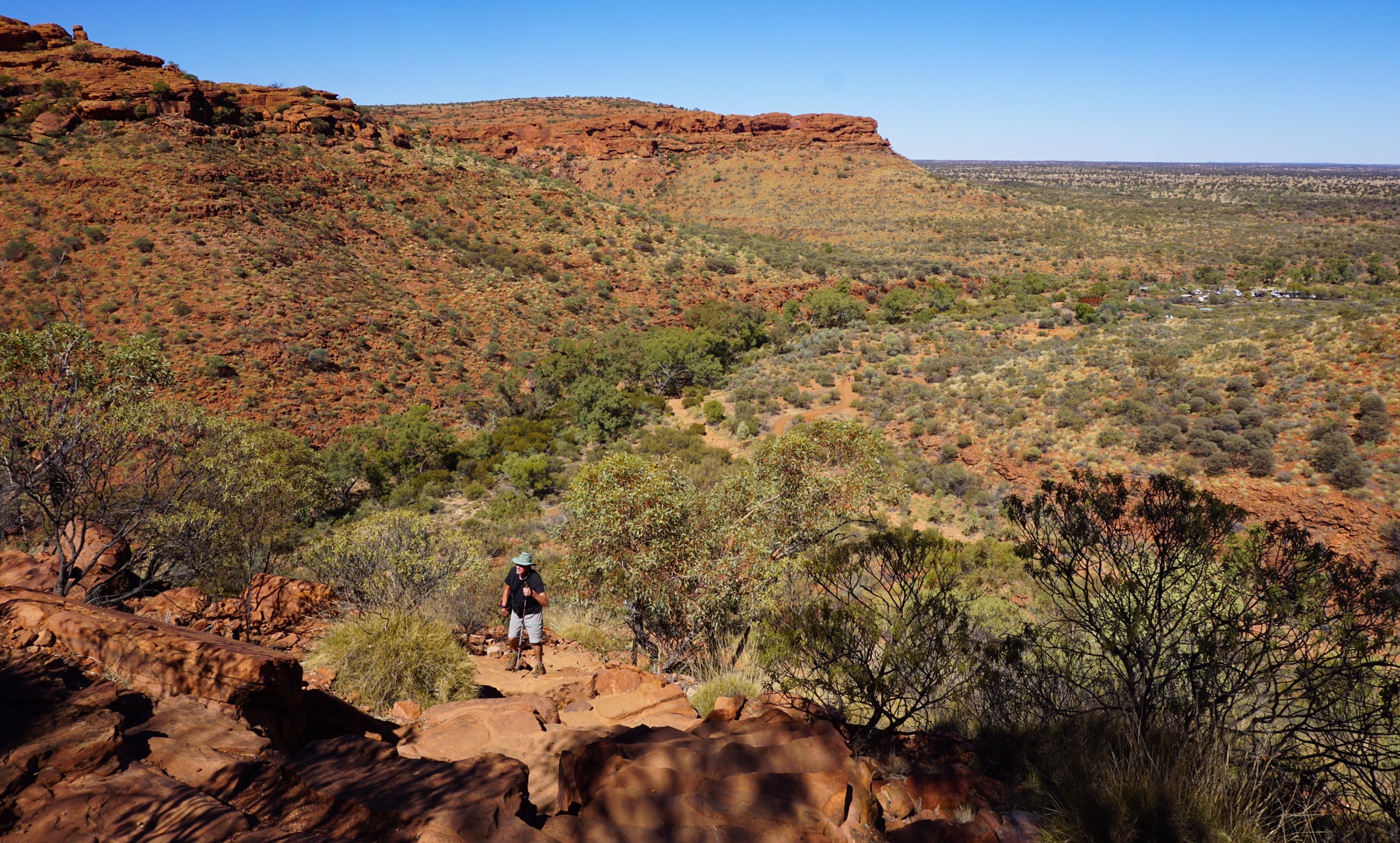 Once you’re up the top of the walls it all gets a lot friendlier, with a lot of red rock hopping over the ancient fossilised sand dunes and sea bed. There is plenty of evidence of the area’s distant past, with fossilised ripples in the rock (they call it ripple-rock, of course) and evidence of the layers of silica in the rock from the drifting sand dunes.
Once you’re up the top of the walls it all gets a lot friendlier, with a lot of red rock hopping over the ancient fossilised sand dunes and sea bed. There is plenty of evidence of the area’s distant past, with fossilised ripples in the rock (they call it ripple-rock, of course) and evidence of the layers of silica in the rock from the drifting sand dunes.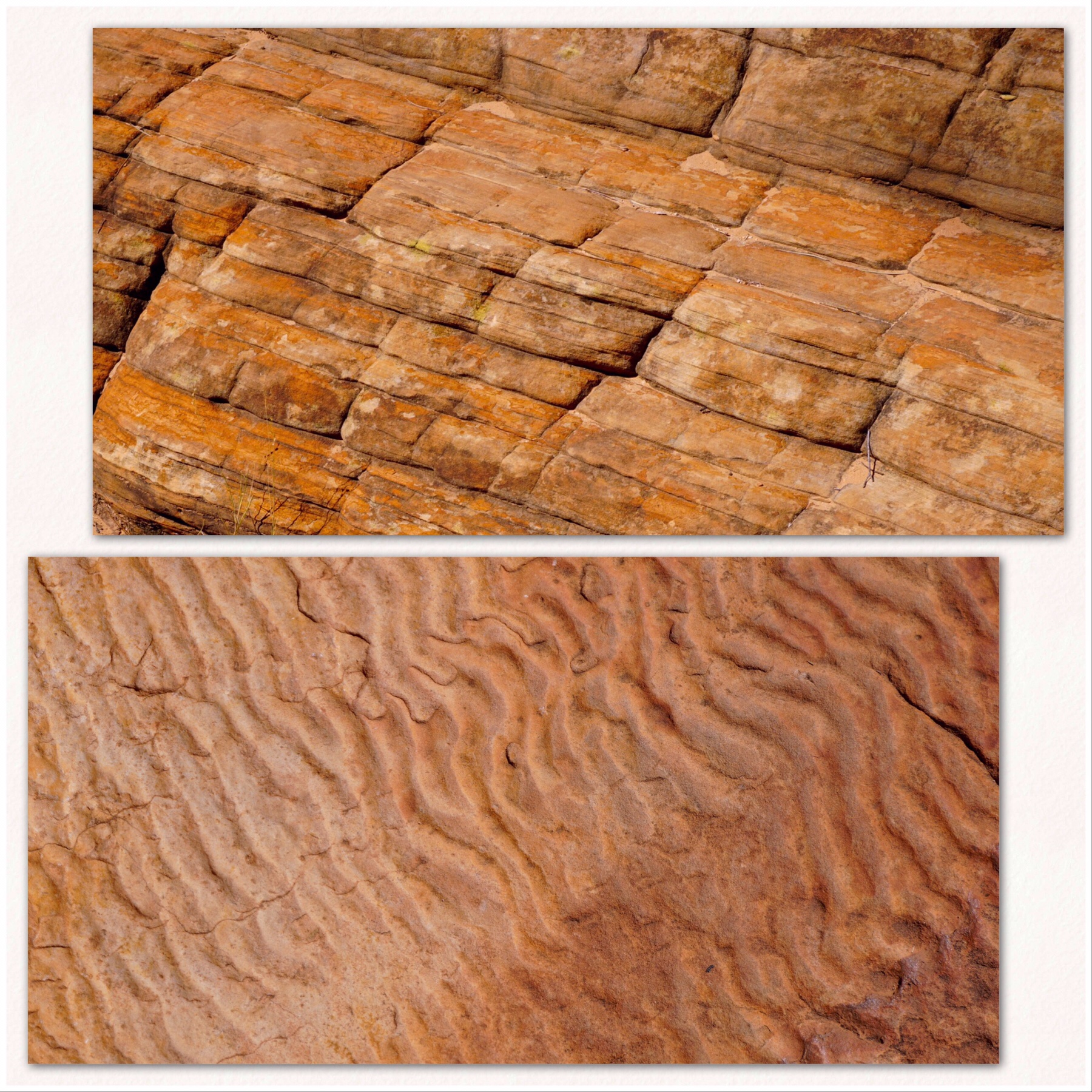 The landscape is unlike anything else, the beehive like structures stretching out into the horizon. I found it interesting to learn that the rock here is all actually bright white sandstone – the red comes from a fungi which grows on the rock and through a chemical reaction allows the red sands from the surrounding arid area to stick to it, hence creating the bright red colour which practically glows in the sunlight.
The landscape is unlike anything else, the beehive like structures stretching out into the horizon. I found it interesting to learn that the rock here is all actually bright white sandstone – the red comes from a fungi which grows on the rock and through a chemical reaction allows the red sands from the surrounding arid area to stick to it, hence creating the bright red colour which practically glows in the sunlight.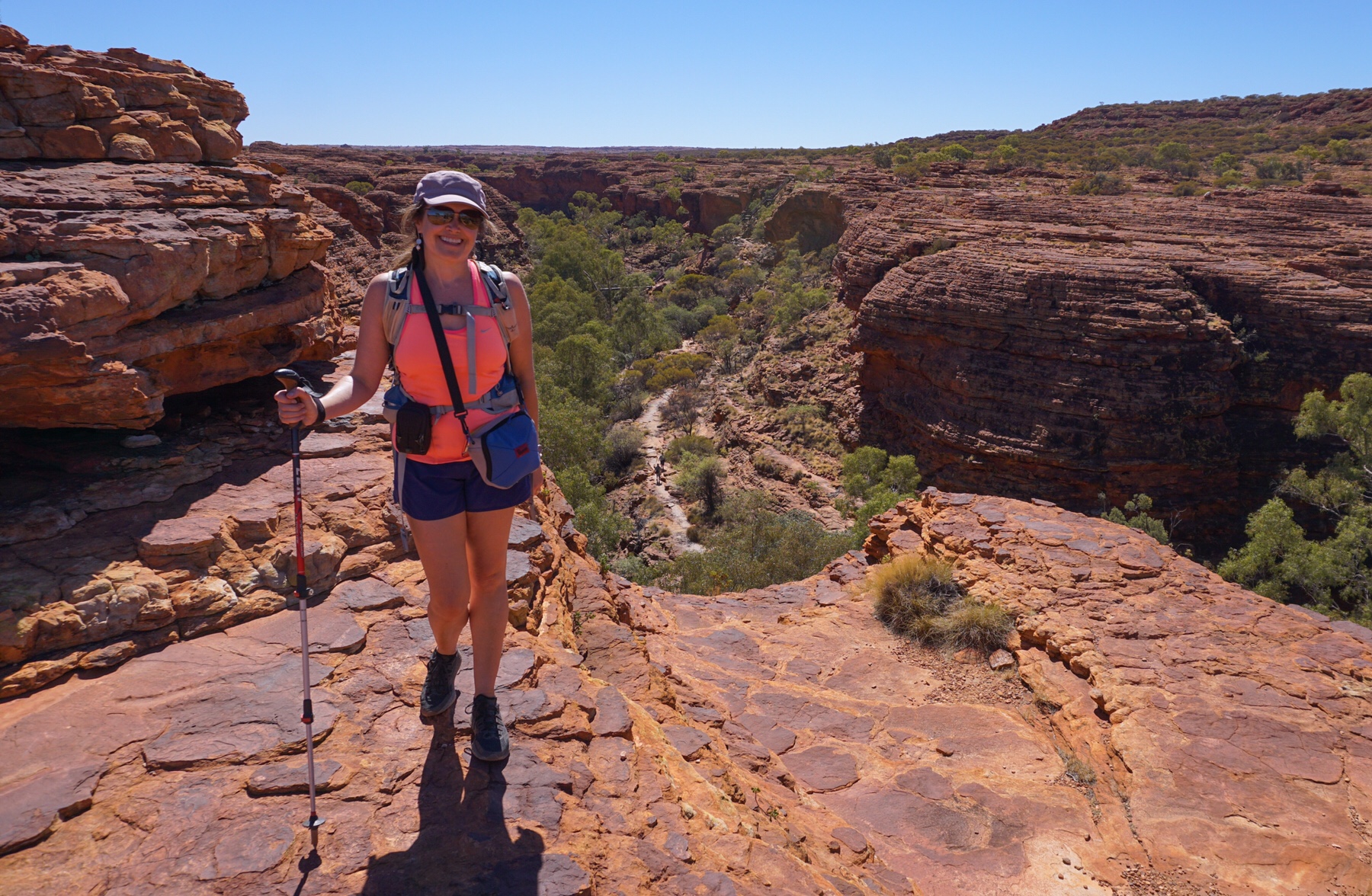
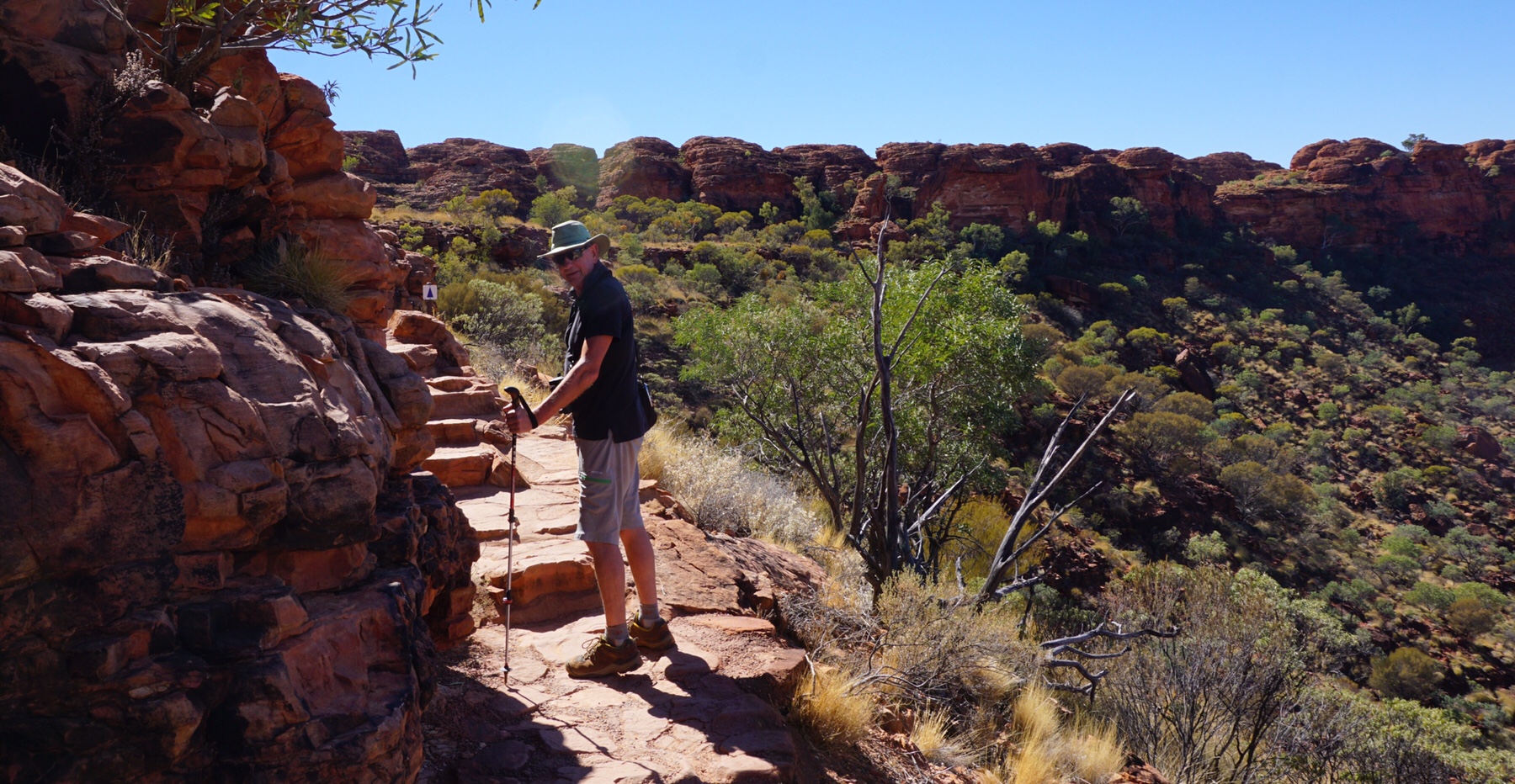
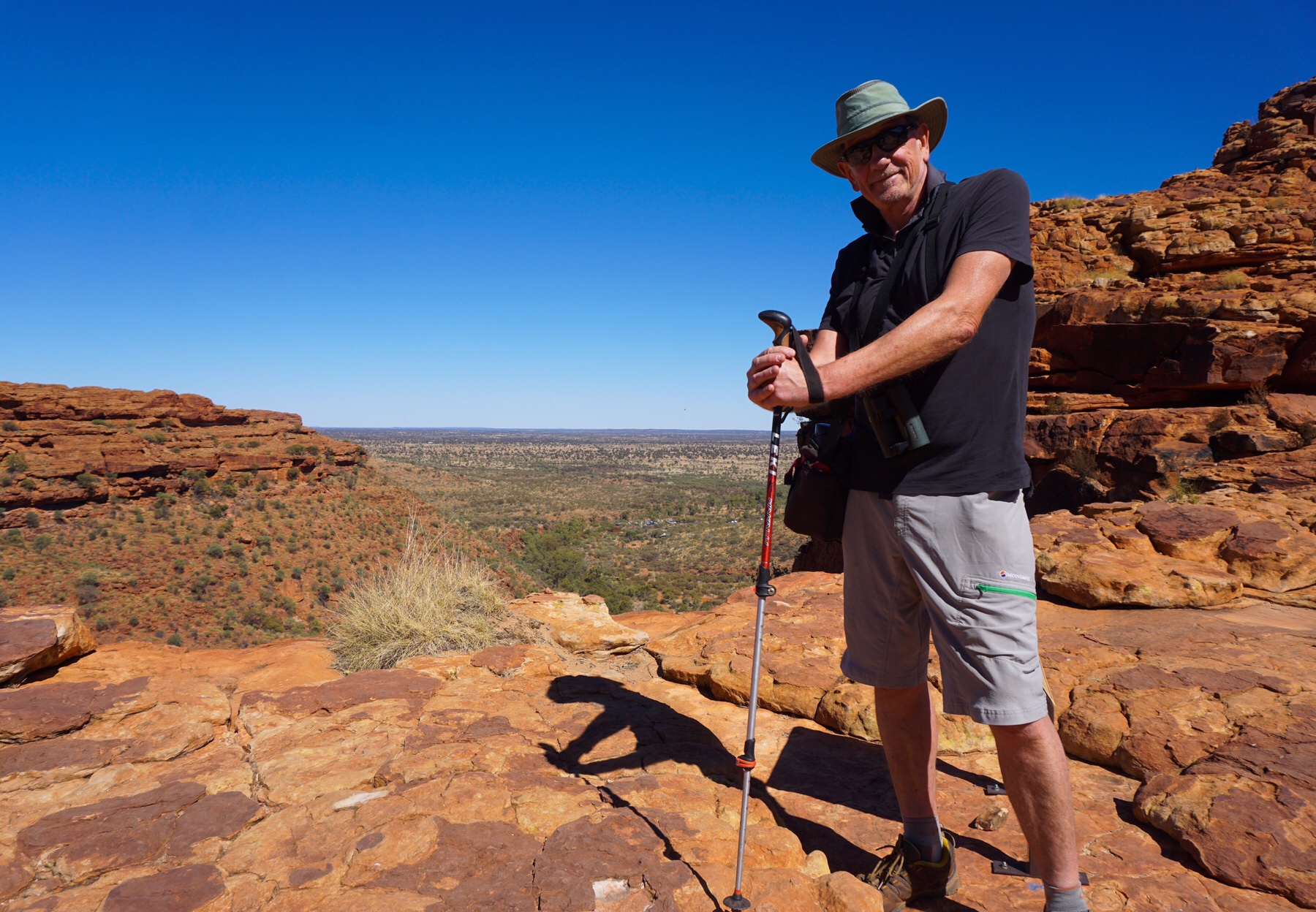
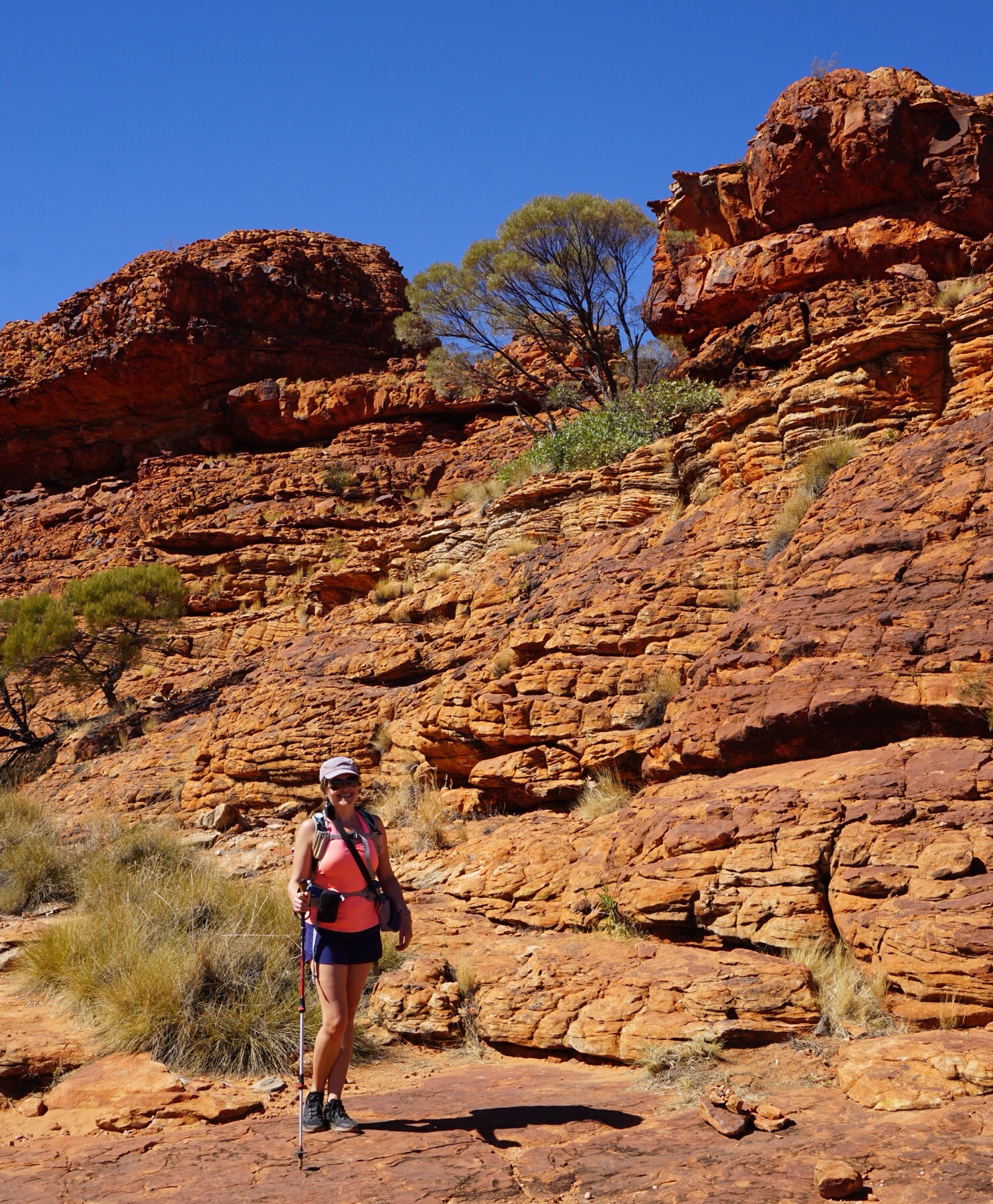 While not busy, we were certainly not alone on this walk, several other hikers following on the same trajectory – mostly French, a few Chinese and Australians.
While not busy, we were certainly not alone on this walk, several other hikers following on the same trajectory – mostly French, a few Chinese and Australians.
The Garden of Eden is a part of the Canyon with permanent water, attracting birds and harbouring many of the ancient plants, with cycads lining the waterway. It was a diversion along the track that few took, but Mark and I enjoyed a break in the cool shade beside the water.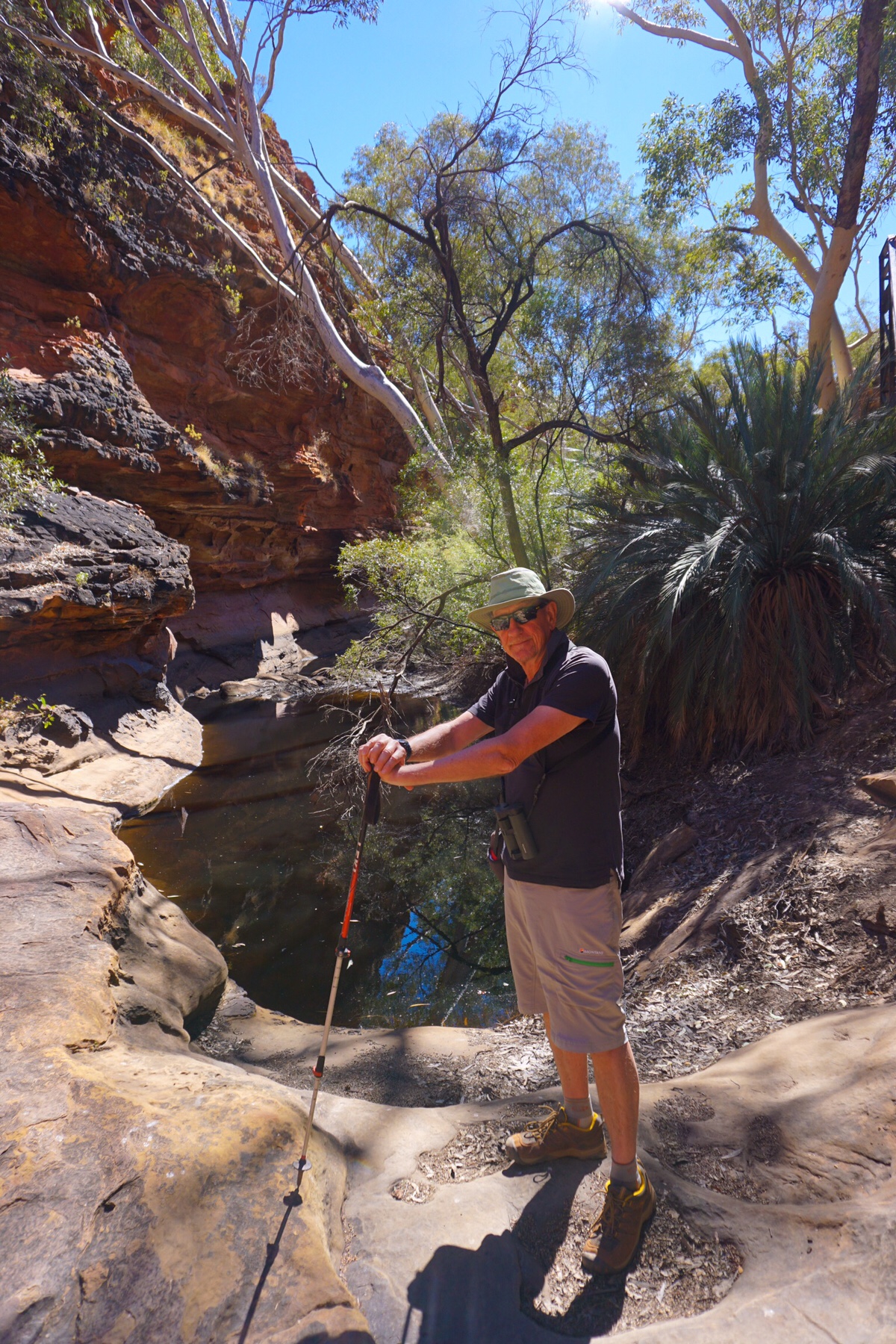
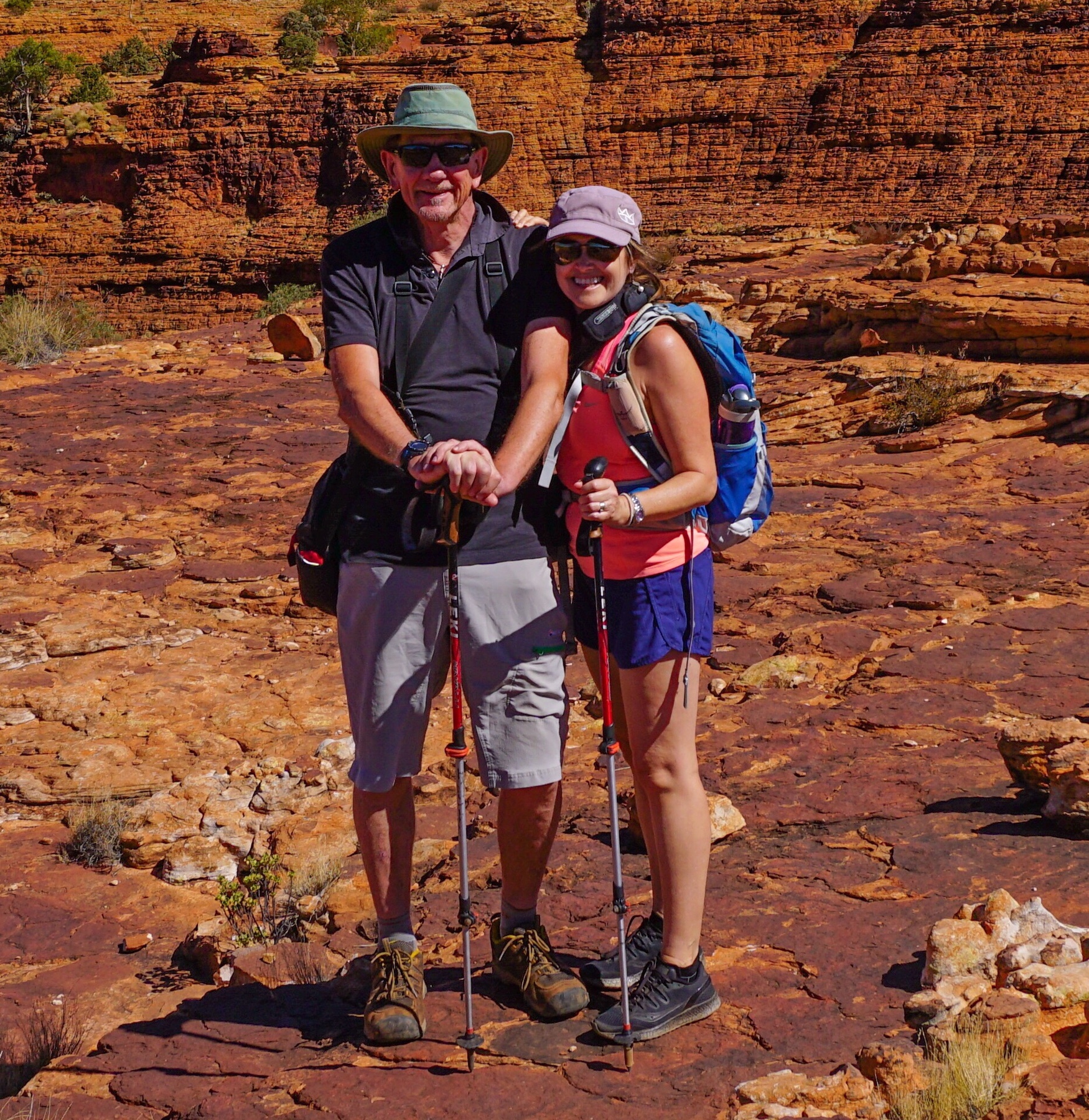
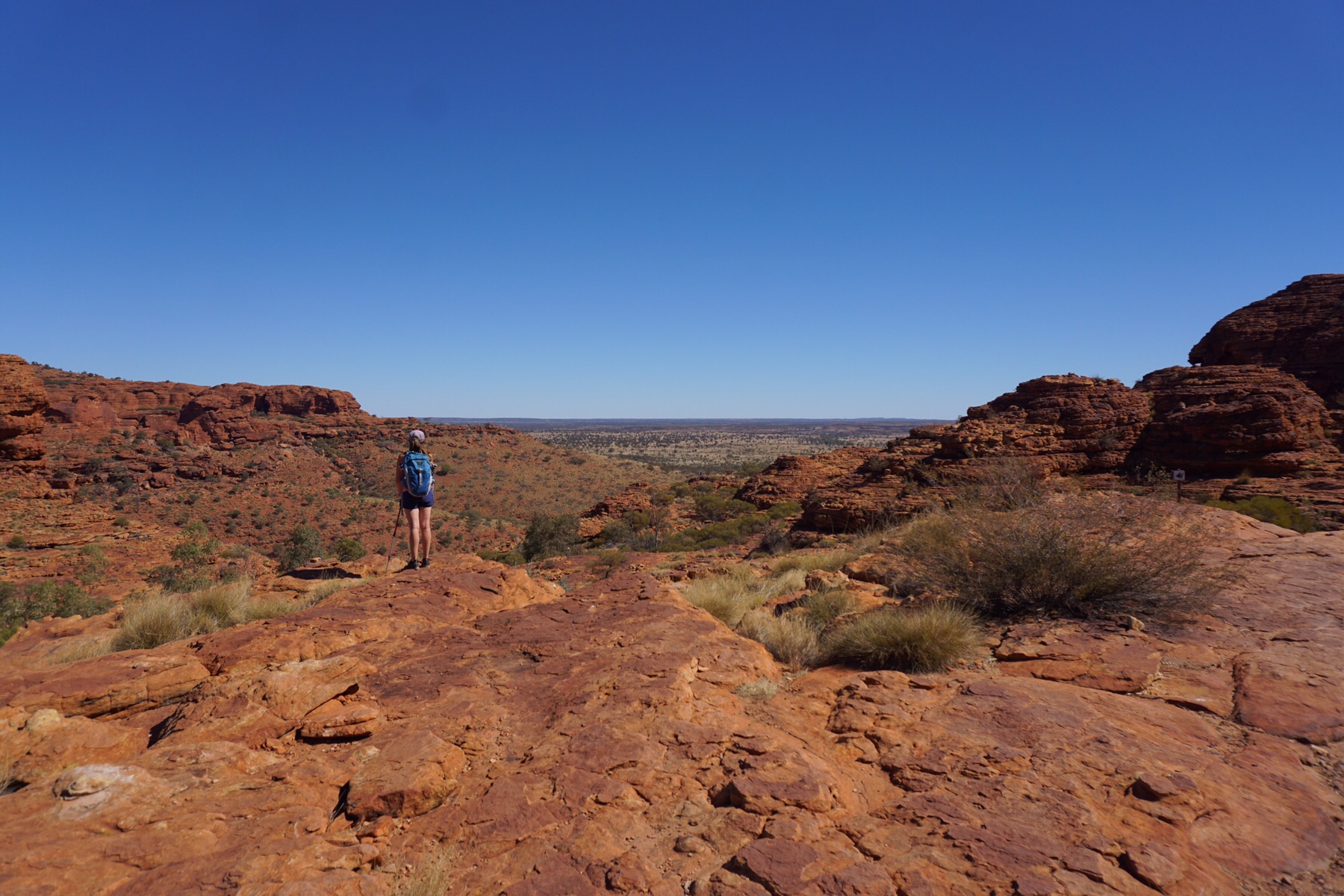 After completing the circuit we returned for a relaxed afternoon, Miss Tassie rolling in the red sand and needing a lot of brushing (which she loves!). I suspect the two events might be linked. Are we being manipulated by a Burmese cat?
After completing the circuit we returned for a relaxed afternoon, Miss Tassie rolling in the red sand and needing a lot of brushing (which she loves!). I suspect the two events might be linked. Are we being manipulated by a Burmese cat?
Another fine sunset over the George Gill Range completed our day. Off on a new adventure tomorrow.
